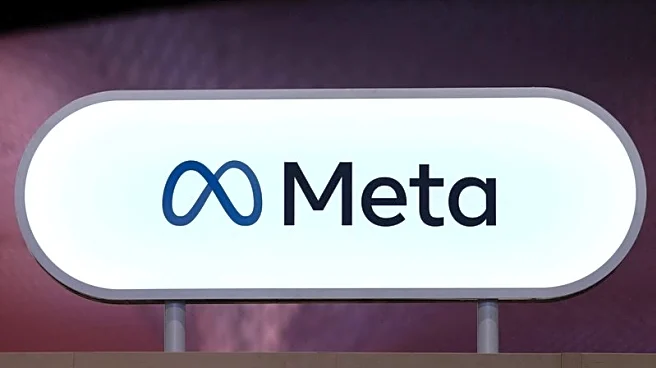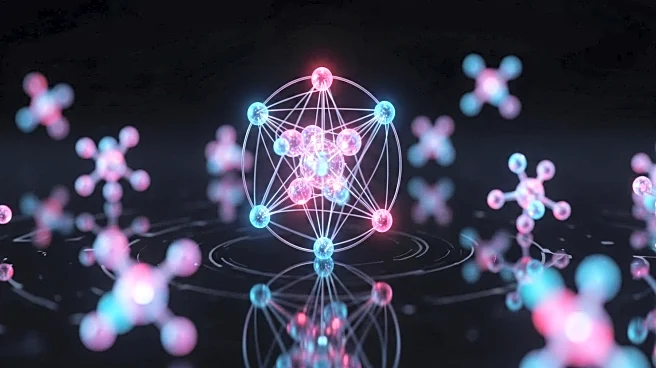What's Happening?
Researchers from the University of New Mexico and Los Alamos National Laboratory have created a new computational framework using AI tensor network algorithms to address a longstanding challenge in statistical physics. The framework, known as Tensors for High-dimensional Object Representation (THOR), efficiently compresses and evaluates large configurational integrals and partial differential equations, which are crucial for determining the thermodynamic and mechanical properties of materials. This development allows for accurate and scalable modeling of materials under various physical conditions, significantly reducing the time required for calculations that previously took weeks on supercomputers.
Why It's Important?
The breakthrough in computational physics has significant implications for materials science, metallurgy, and other fields reliant on understanding thermodynamic behavior. By overcoming the 'curse of dimensionality,' the THOR AI framework enables faster and more accurate simulations, potentially accelerating discoveries and innovations in material design and application. This advancement could lead to more efficient processes in industries such as aerospace, automotive, and electronics, where material properties are critical.
What's Next?
The THOR AI framework is available on GitHub, allowing researchers and industries to integrate this tool into their workflows. Future developments may include expanding the framework's application to other complex systems and enhancing its compatibility with machine learning models. Continued collaboration between academic institutions and national laboratories could further refine the framework and explore new areas of application.
Beyond the Headlines
The development of the THOR AI framework highlights the growing role of artificial intelligence in solving complex scientific problems. It represents a shift towards more computationally efficient methods in physics, potentially setting a new standard for accuracy and efficiency in scientific research.











